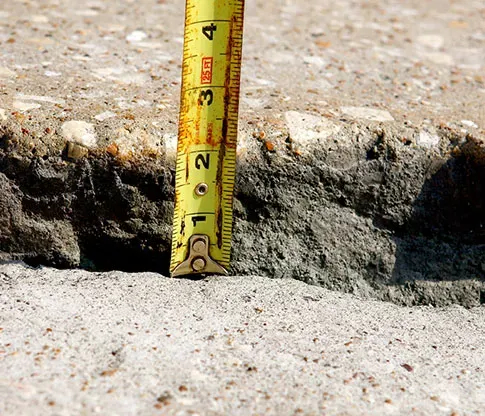In 2017, The American Society of Civil Engineers issued its most recent “Infrastructure Report Card”, concluding that the overall condition of US roadways should be given a grade of D-plus, at best. According to ASCE, 45% of the nation’s roads were graded as being in “poor condition”. ASCE estimates that Americans experience a total of 6.9 billion hours in traffic delays that year, resulting in a per capita expense of over $600.
How can that be possible, with so much funding directed toward federal and state highway budgets? According to the Urban Institute, state and local governments spent $181 billion, or 6 percent of direct general spending, on highways and roads in 2017. Highways and roads were the sixth-largest source of direct general spending at the state and local level that year.
Many observers agree that the problem has to do with priorities. With many states focusing on new roads, highways, and bridges, already-tight budgets are stretched to the breaking point when the topic of discussion turns to road maintenance and repair.
Ask Any Commuter Where the Budget Should Go
For millions of drivers who commute on a deteriorating network of roads, the priorities have never been clearer. And they are not alone in thinking that way.
According to Transportation for America, a policy group dedicated to reforming the US transportation system, between 2009 and 2017 the percentage of US roads in “poor condition” increased from 14% to 20%. In its report, “Repair Priorities 2019”, the group underscores the fact that the problem is not a lack of funding; the real issue relates to where the money goes.
States simply neglect basic repair and maintenance in favor of expanding roadways. In the last two long-term transportation reauthorizations, states were given increased flexibility to spend federal dollars. Still, despite long-standing complaints about potholes, crumbling roads, and unfixed highways, the priority still appears to be the construction of new roadways.
So, even as politicians continue to talk about “repairing our crumbling infrastructure”, the big money flows toward new construction projects. For state and local highway officials tasked with keeping traffic flowing while the politicians debate the larger issues, what choices are available?
URETEK Deep Injection® Streamlines Highway Repair
For a growing number of DOT officials across the country, the most rapid repair and maintenance solution happens to be the best. With UDI, repairs take place overnight or in a matter of just days, not weeks. With URETEK, the clear benefits of high-density polyurethane foam injection are coupled with over 30 years of experience on highway repair projects from coast to coast.
When it comes to highway slab stabilization, polyurethane foam offers a number of clear benefits, including:
- Light weight (does not contribute to additional settlement)
- High compressive and tensile strengths
- Expansive (ability to fill surrounding voids)
- Insensitive to moisture
- Rapid curing (opening times of 15 to 30 minutes)
Best of all, when highways are repaired with UDI, fragile state and local budgets remain intact while traffic flows smoothly down the road.
Trusted Vendor for Highway Repair Programs
For over 30 years, URETEK has been a trusted, reliable partner for DOT officials and prime contractors intent on maintaining critical pavement systems. With increasing traffic loads across the country, the need for reliability and trust has never been more important than it is today. With its rapid response and crew scheduling that takes advantage of overnight and off-peak hours, URETEK is the vendor most prepared to complete emergency highway repair and standard maintenance tasks without severely impacting traffic.
When we arrive, our crews get right to work on a site-specific repair or maintenance solution that quickly mitigates weak soil issues and extends the reliable working life of important roadways. Best of all, our zero-excavation solution means the work is completed in days, not weeks or months. When the job involves stabilizing base and subbase soils and restoring critical pavement systems to their optimal functional state, nobody does it better, or faster, than URETEK.
Contact URETEK today to learn more about our speedy pavement maintenance and repair solutions that keep budgets in line while assuring many more years of reliable service from our nation’s highways.
Also, see our case studies to learn more about how our UDI application has successfully worked to extend the life of pavement systems across the country.
